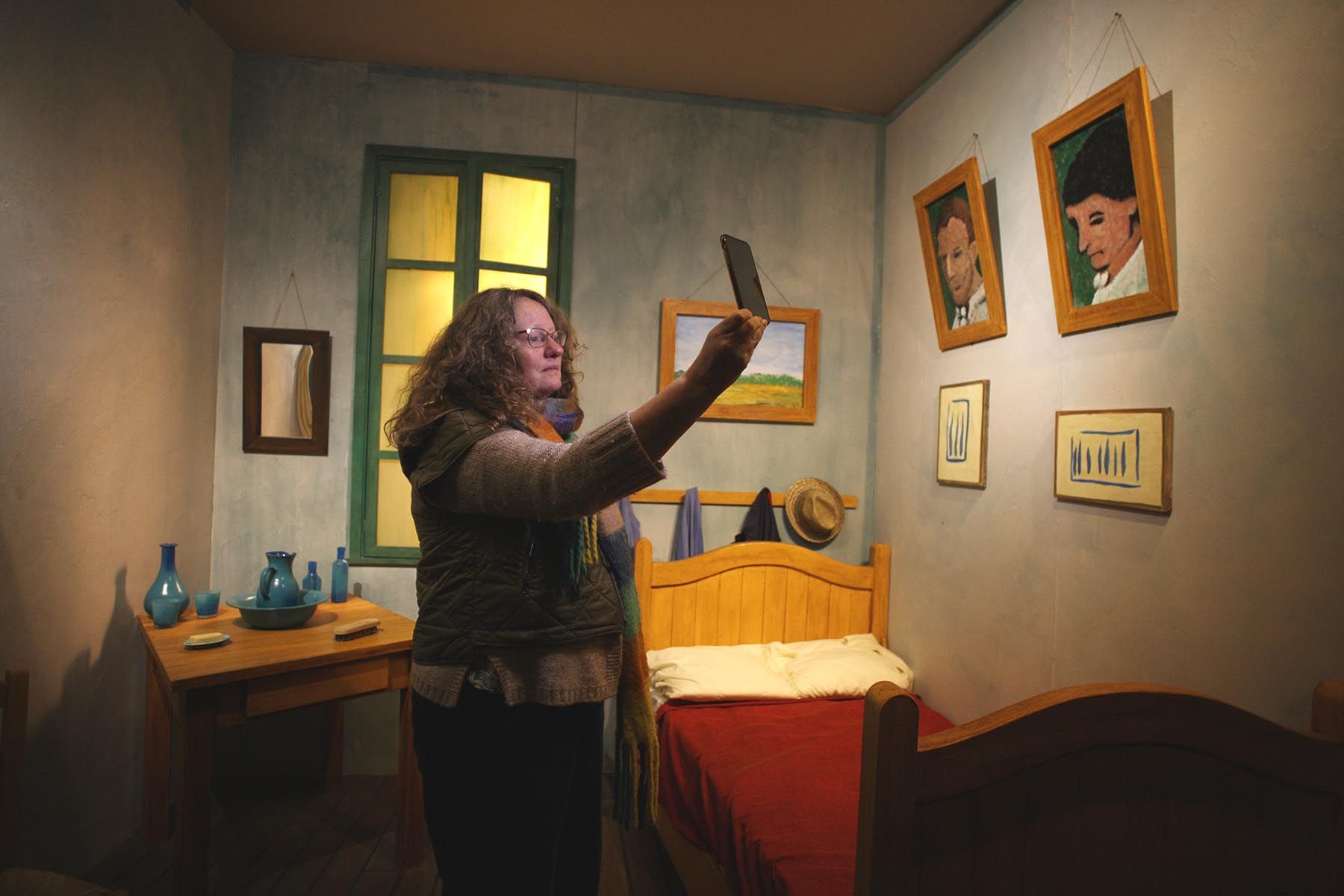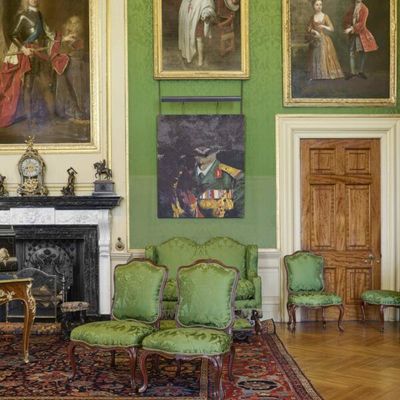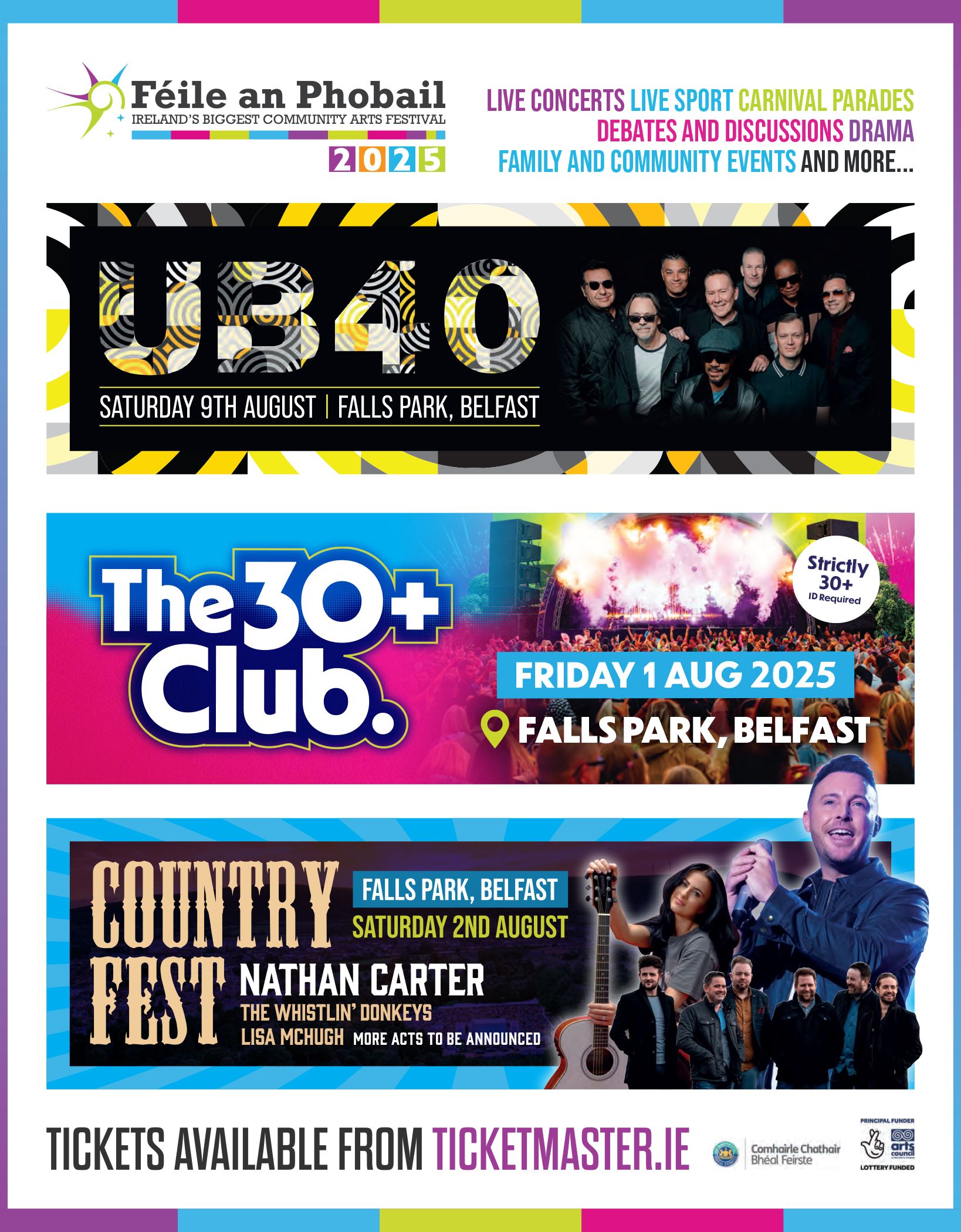The Disneyfication of the art experience has accelerated with the development of digital technology. Most art experiences can already be immersive as they take the viewer on a journey into another world. So, does there need to be all those flashing images as well?
Carlisle Memorial Church is a great location for large exhibitions but if you visit the Van Gogh immersive experience make sure you wear a coat, scarf and – if it's early in the morning – a hat. Fever and The Exhibition Hub have been travelling the globe with their edutainment experiences. The Van Gogh exhibition is currently in eleven cities globally, from New Orleans in the States to Guadulajara in Mexico.
Can anything be a substitute for viewing the original art works in real life? No. Having visited the Van Gogh Museum in Amsterdam, where many of the artist's most famous paintings are housed, it's not the same experience. In my years setting up and running cross-community programmes, I remember a women's development programme where we took the women to the Netherlands for work experience. It included a day trip to Amsterdam where we left the group at the Anne Frank House with a map of the city, suggestions of where to go and a promise to reimburse any musuem tickets they paid for that day. I always remember an ex-dinner lady from West Belfast being overwhelmed and brought to tears by the Van Gogh Museum. That's unlikely to happen at this experience.
Down with Van Gogh this am #northbelfast pic.twitter.com/YbF6BNJ5wl
— Bronagh Lawson (@CreativChangeNI) November 28, 2022
In our selfie-obsessed world there are opportunities to have your photo taken in Van Gogh's bedroom in Arles, or what about a mock-up of the asylum he spent some time in 1889 after cutting his ear off? Ethical questions are asked about what happens to an artist's work after they die? Who gets to decide (and it doesn't matter if the artist was known in their lifetime or not)? With singers and musicians having to consider in their wills if they can be exploited as a holographic animation or something else we have not invented yet, visual artists should consider what to do with their own visual legacies.
The experience is set out like a museum, but the spotlighted reproductions painted over with a clear texture to give a more 3D effect is odd. Information panels and QR codes give breathless information, including how much his paintings go for now; a 3D vase flickers into various different Van Gogh still time images. Moving into the deck chair space where you can sit and watch a forty five-minute 360-degree projection, it felt relaxing, if confusing. As some images of his paintings animated themselves, I could not help wonder what seeing such images would do to Van Gogh himself, knowing that he suffered from a mental illness that contemporary doctors have variously suggested might have been bipolar disorder, temporal lobe epilepsy, hypergraphia, lead poisoning or simply sunstroke.
The eleven-minute virtual reality part for me was the most enjoyable, but that does cost an extra fiver on top on the £20.90 entrance fee. The marketing speel does call it a family experience and in one room you are encouraged to colour in or draw then upload your own work to a projection. Some people attending were really enjoying it.
Vincent Van Gogh painting details pic.twitter.com/hkZKI7tfIc
— impressionism (@allontanarsio) December 21, 2022
The company which developed the experience started with an exhibition about bricks and the format now embraces Claude Monet, Gustav Klimt and Frida Kalo. There is a lot of creative licence taken with the artist's work, but on the other hand it does bring the artist's work to a wider public – and not everyone can travel to see the work in real life.
The exhibition runs until February 2023 and there are very few spaces left before Christmas. Your ticket gives you about an hour and a half to see everything. The family bundle ticket or senior citizens' tickets are better value.







